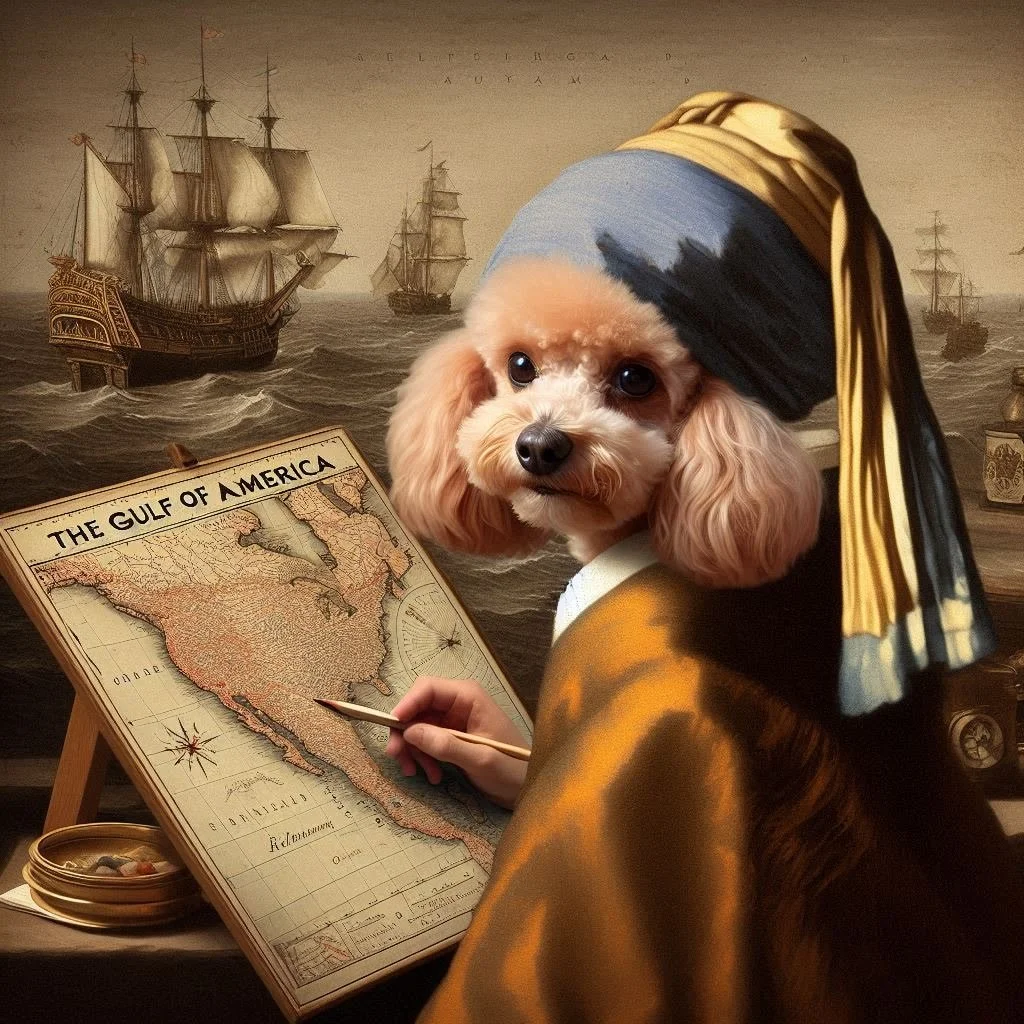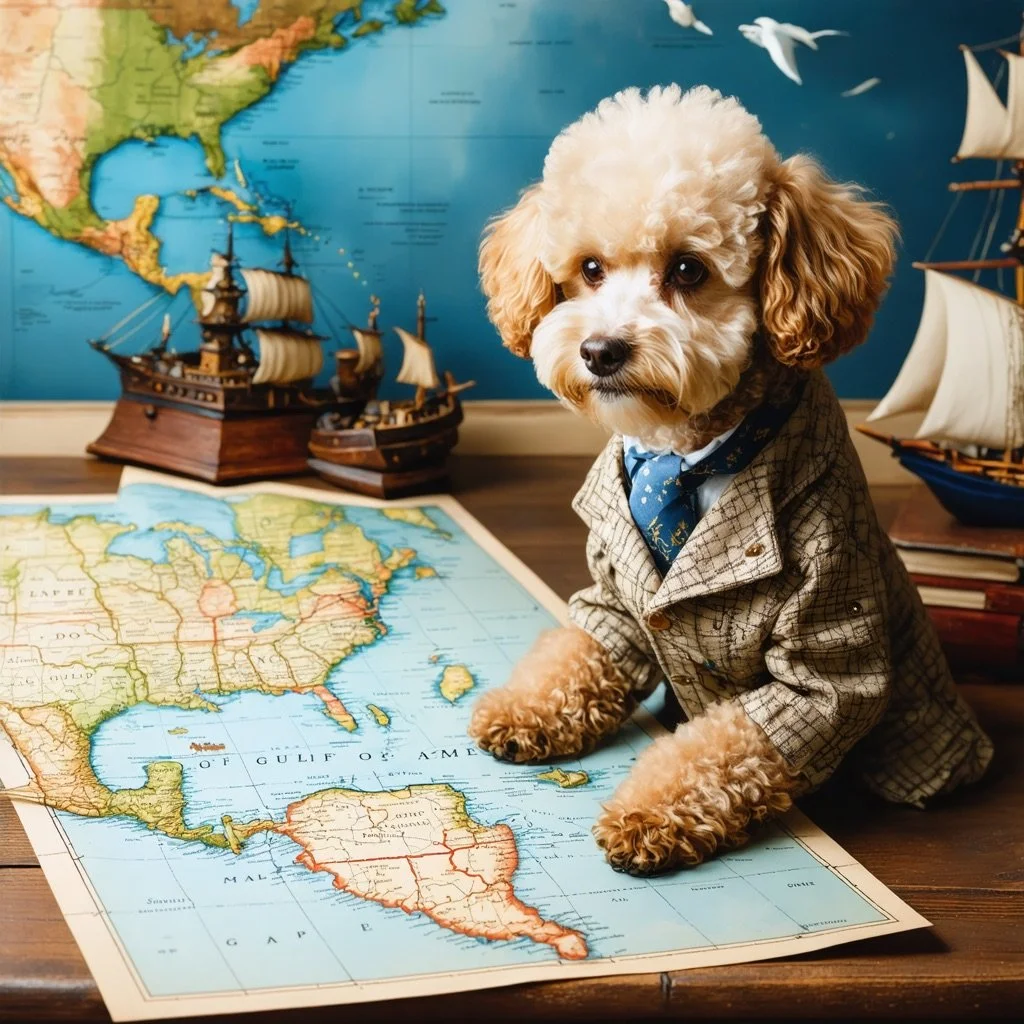FLOSSI AND THE GULF OF AMERICA
Changing the name of the Gulf of Mexico to the Gulf of America would be a highly complex process involving legal, diplomatic, geographic, and cultural considerations. Here's an overview of the factors at play:
Geographic Naming Authorities
U.S. Domestic Process:
In the United States, the U.S. Board on Geographic Names (BGN) oversees the naming of geographic features within U.S. territory and ensures consistency in naming conventions.
While the BGN can change names domestically, its decisions typically apply only to names used in the United States and on U.S. maps.
International Standards:
Internationally, geographic names are standardized by the United Nations Group of Experts on Geographical Names (UNGEGN) and recognized by global cartographic authorities.
The name "Gulf of Mexico" is internationally recognized, making a unilateral name change by the U.S. unlikely to gain widespread adoption.
The name "Gulf of Mexico" has been in use since at least the early 16th century, making it deeply embedded in historical and cultural records.
Treaties and international agreements referencing the Gulf of Mexico might need renegotiation or clarification to reflect the new name.
The logistical costs of changing maps, signage, and legal documents would be substantial.
Precedents for Name Changes
Similar changes have occurred historically, but they are rare:
Indian Ocean vs. Arabian Sea Debate: Ongoing disputes exist over the names of international waters.
Persian Gulf vs. Arabian Gulf: The name "Persian Gulf" has been contested by some Arab states advocating for "Arabian Gulf," but it remains internationally recognized as the Persian Gulf.





